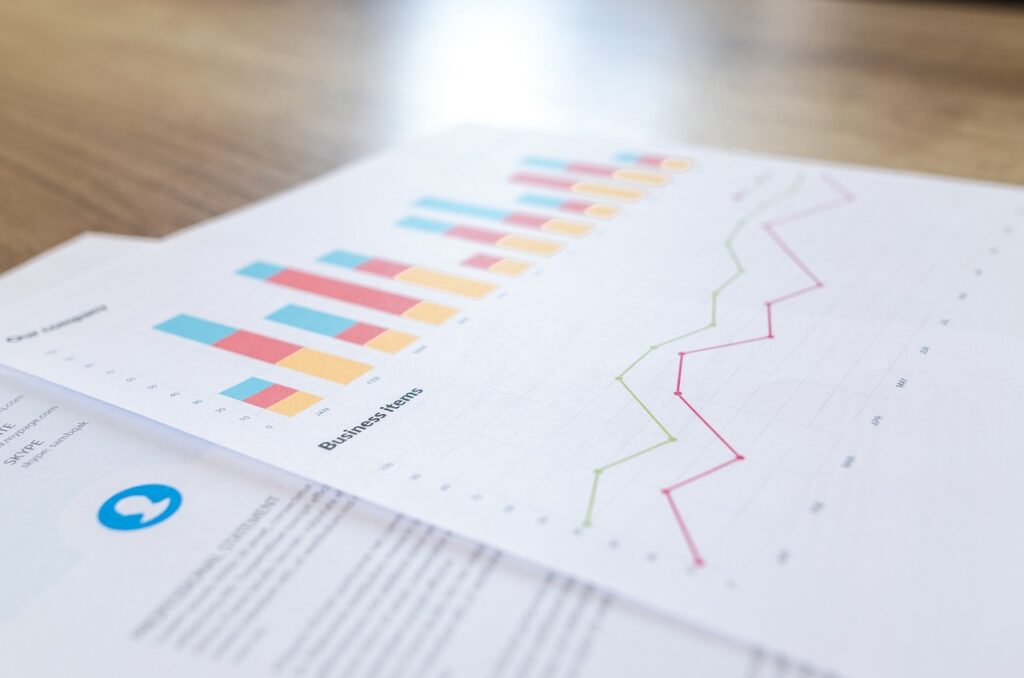As of September 2023, the 10-year treasury rate is indeed above 4.7%, marking its highest level in about two decades. This rise in interest rates has drawn interest from investors, attracted by the higher yields offered by bonds. However, it’s crucial to understand that investing in bonds can carry risks, and these risks can become more pronounced in a rising interest rate environment.
The SVB (Silicon Valley Bank) crisis in the spring of 2023 serves as a stark example of the risks associated with bond investments. This crisis was triggered by the devaluation of low-interest bonds that the bank had purchased before the interest rate hike.
Here’s an illustrative example to understand the impact of rising interest rates on bond values:
Let’s say you bought a $100 10-year U.S. Treasury bond in September 2021 with a 1.5% interest rate. Fast forward to today, and the 10-year Treasury note’s interest rate has climbed to 4.5%.
Your bond will mature in 2031, and with the original 1.5% interest rate, you would receive $100 * (1.015)^10, which equals $116.05 in 2031.
Now, let’s calculate the present value of this future cash amount in today’s world of 10-year Treasury bonds with a 4.5% interest rate. The present value of $116.05 in year 2031, considering an 8-year period until maturity, at a 4.5% interest rate, is $81.60. In other words, if you were to invest $81.60 today at a 4.5% interest rate, it would grow to $116.05 in 2031.
This example highlights how an increase in interest rates can significantly reduce the value of lower-interest-rate bonds. The $100 you invested in 2021 is now worth only $81.60 in today’s market. This decrease in value occurs because newer bonds with higher interest rates make existing lower-interest bonds less attractive to investors.
It’s essential to note that if you hold onto the bond you purchased in 2021 and do not sell it in the secondary market, you will not realize the loss in principal. Upon maturity in 2031, you will still receive the full $116.05. However, it’s highly likely that this amount will have less purchasing power due to the erosion of the bond’s real return caused by inflation and the opportunity cost of not investing in higher-yield assets.
This example underscores the importance of understanding the impact of changing interest rates on bond investments and carefully considering your investment strategy in a dynamic interest rate environment. Bonds can be an essential component of a diversified portfolio, but they come with their own set of risks and considerations, especially when rates are on the rise.
